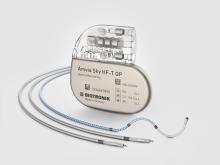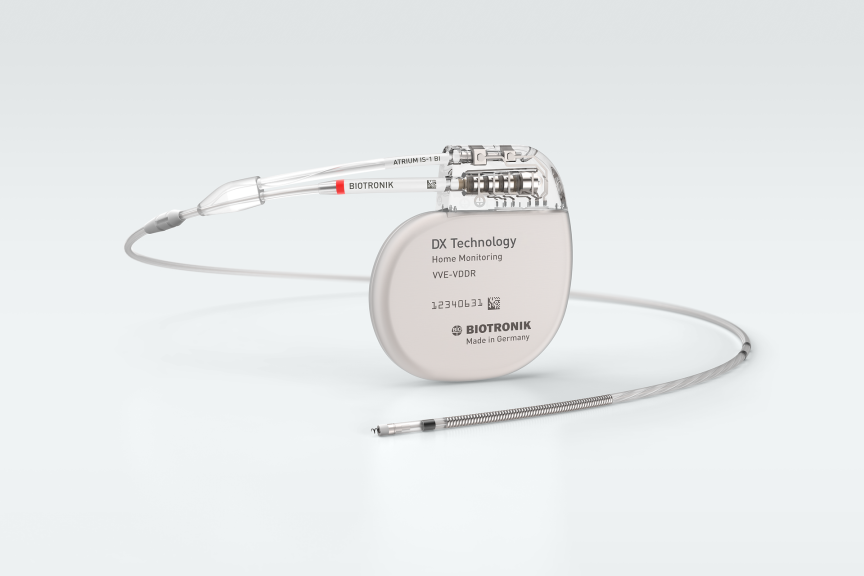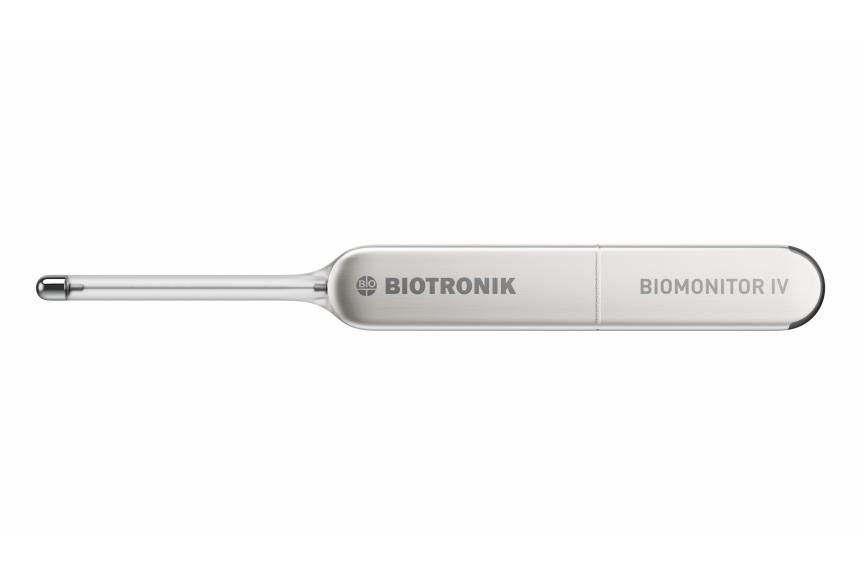AF Management Think Forward in AF Management for Device Patients
At BIOTRONIK, we have been consistently prioritizing atrial fibrillation (AF) management in the development of our cardiac rhythm devices. Our mission is to lead the way in AF management for CIED patients, ensuring that every heartbeat is monitored, managed, and maintained with the utmost precision and care. Over time, we have generated extensive clinical evidence on our technologies across various therapy areas.
Our Vision is to create a future where AF is detected early, managed effectively, and monitored continuously, providing patients with the highest quality of life.
Think forward.

[i] Reinhold T, Belke R, Hauser T, et al. Cost Saving Potential of an Early Detection of Atrial Fibrillation in Patients after ICD Implantation. BioMed Research International, Volume 2018, 14 August 2018, Article ID 3417643.
[ii] Data on file from June 2025
[iii] Kultaratna et al. Global, regional and national burden of heart failure associated with atrial fibrillation, MC Cardiovascular Disorders (2023) 23:345 https://doi.org/10.1186/s12872-023-03375-9













